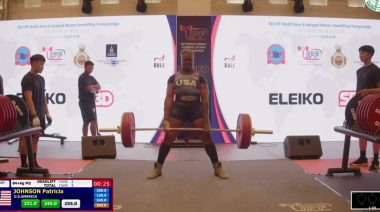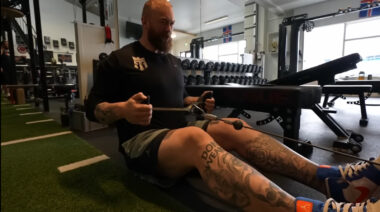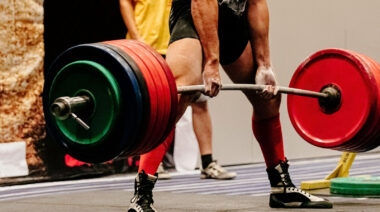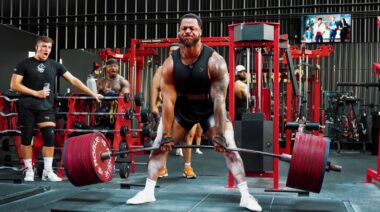Ask half a dozen seasoned lifters about what belt they wear and why, and you will probably get back just as many different answers. In fact, you will probably get back more answers than the questions you asked, as many lifters will have more than one belt to cater to different lifts and situations.
The belt for lifting are a personal preference, and the purpose of this article is not to talk about the pros and cons of various types of belt. Instead, we will spend our time looking at how to make the best use of this simple but very effective training aid.
I would like to trust that you all believe in wearing a belt, but in reality, I know that some of you may need a little more convincing. Let’s try this line of reasoning. To get better (at anything – your sport, your life, your lifting) you need to get stronger.
To get stronger you need to lift heavier. To lift heavier you need to wear a belt. Therefore, wearing a belt allows you to lift heavier, which builds overall strength, which makes you suck less. Pretty simple when you think of it like that, right?
And for those of you thinking that your core won’t get stronger by wearing a belt, we’re going to address the issues of the core and intra-abdominal pressure below.
Building up overall strength in this manner through the use of a belt means that even when you take the belt off, you can lift heavier than if you hadn’t worn the belt in the first place. This all leads to lifting more weight more frequently. Plugging this right back into the logic above means that you continue to build strength to your ultimate advantage.
If that doesn’t convince you, this is probably not the right article for you. However, If you’re now wanting to know how to get the most out of your belt (read: how to get stronger, quicker), then read on.
RELATED: Best Weightlifting Belts
1. How to use your lifting belt effectively
Let’s clear up a misconception here. A belt’s primary function is not one of supporting your back per se, as commonly believed. Instead, it aids you to increase intra-abdominal pressure, which in turn acts as a brace to support and strengthen your spine.
To use your belt effectively, you need to use the Valsalva maneuver. This involves taking a large breath of air into your belly (not your chest), and trying to exhale forcefully with a closed throat. This will push your belly out into the belt, which will help increase the pressure build-up around your midsection.
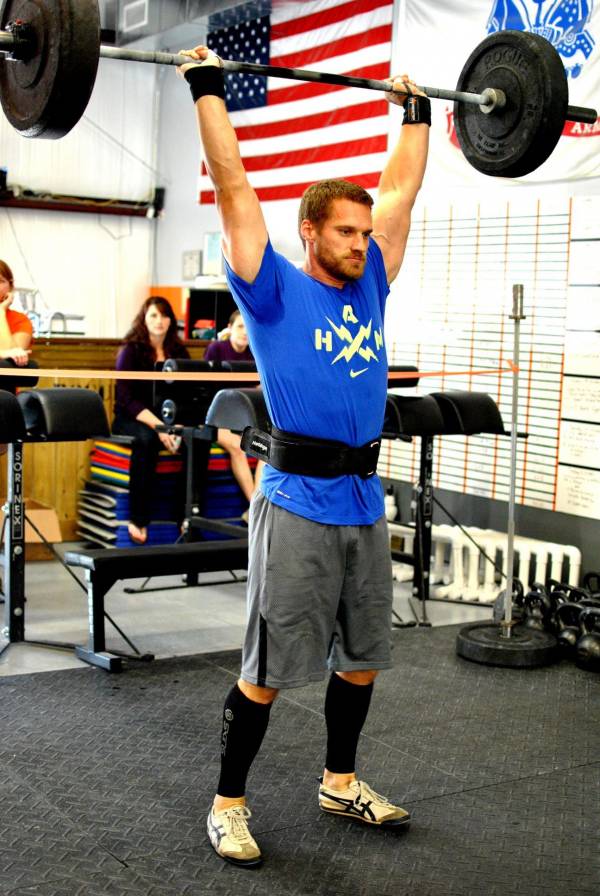
2. When to wear a weight lifting belt
When the going gets tough, the tough wear a belt. I’m not suggesting you wear a belt for all your warm-ups sets.
But when it starts to get hairy, add the belt. In fact, I would advocate wearing the belt prior to the sets that matter. Breathing hard against the belt is a skill that needs to be practiced, especially when performing continuous repetitions.
3. How tight should a lifting belt be tightened
As we have discussed, a good lifting belt is designed to increase intra-abdominal pressure and stabilize your whole midsection.
To create this pressure you need to contract your abs against the belt. To make this possible, wear your belt one hole looser than as-tight-as-it-can-go. A good rule of thumb is that you should be able to get your hand between your belly and the belt.
4. How do you position a lifting belt on your body
The basic answer to this is, where it does not impede your lift. The bottom of the belt should not get wedged into your hips when they are flexed.
Neither should the top of the belt push against your ribs. Wear it in a position that is comfortable, whilst allowing you to create the necessary pressure against it. You may find this position is slightly higher when pulling from the floor.
5. When is the best time to use a lifting belt
In terms of movements, we are talking about the big compound lifts (squats, deadlifts, and presses), and also the Olympic lifts along with strongman exercises such as the yoke and farmer’s walks.
All these movements are fundamental to building strength. Any movements that can be classified as such, as we have seen, are best performed with a belt for maximum weight and maximum benefit.
Whatever your ultimate goals, it is worth knowing and understanding how to make the best use of this highly effective tool to aid you on your journey. Buckle up!

